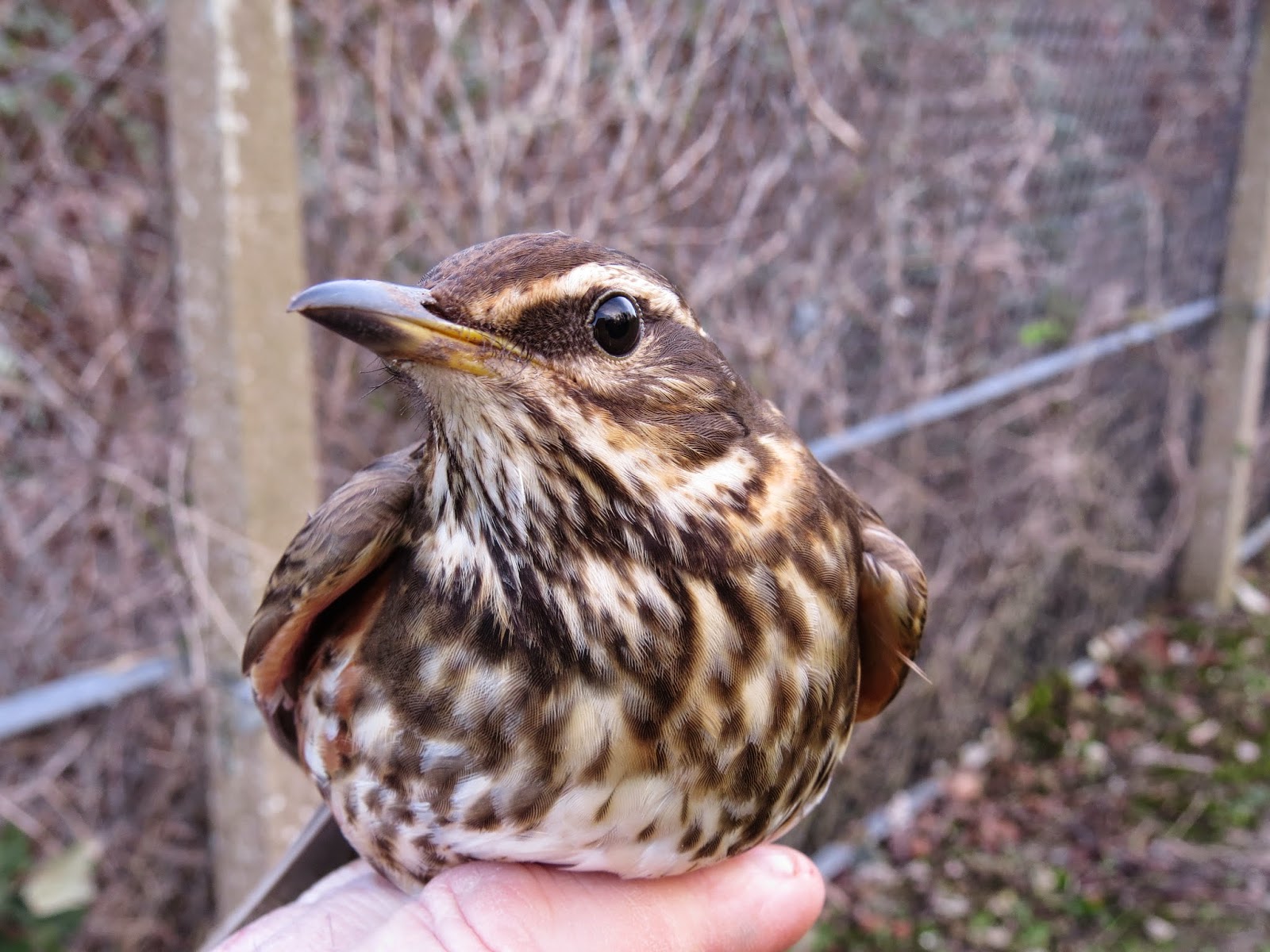My alternative blog title was "Is Richard McMorn An Idiot"?, but I am far too polite to say that. Who is Richard McMorn you may ask, and indeed you should ask! I was dismayed to read under 'News and Comment' in
British Birds - January 2015 that a self-employed gamekeeper who has repeatedly applied to Natural England (NE) to 'control' Buzzards (what an idiot), has been granted permission for a judicial review of NE's decision to refuse him. And the name of this numpty is Richard McMorn.
Unsurprisingly his High Court action is backed by the National Gamekeepers' Organisation (NGO) and as BB states "no doubt bankrolled by the shooting community". Going back to that question of who is Richard McMorn I will quote directly from BB.
"
In July 2013, Natural England received an application (presumably from Mr McMorn) under the 1981 Wildlife and Countryside Act for a licence to cage-trap and shoot 16 Buzzards at four sites (I can think of somebody that requires cage-trapping and shooting!)
where he rears Pheasants. The applicant also wanted to kill three Eurasian Sparrowhawks. The application was refused but the NE assessor accepted his claim that he was suffering predation from Buzzards and this was seriously affecting his livelihood".
A little bit more on Mr McMorn from the same piece in BB.
" Mr McMorn - or another gamekeeper called Richard McMorn and also from Ancroft in Northumberland - previously appeared in these pages in November 2007 (Brit. Birds 100:687)
when he was fined £600 by Berwick magistrates after he pleaded guilty to four pesticide offences. Two of the products involved were banned pesticides. One of these, carbofuran, was banned in 2001 and has consistently been the most regularly abused product for the preparation of illegal poison baits. The next bit is the best bit!
McMorn claimed he had used this product for killing wasps, although this former agricultural pesticide was never approved for that purpose".
Killing wasps my arse! I think this gives a flavour as to the type of character that Mr McMorn is! I am not anti-shooting
per se, but the antics and actions of idiots like McMorn will soon make me become anti-shooting and I guess that it is the same with a number of conservationists who currently tolerate legal shooting.
To quote BB again.
"It is this apparent inconsistency in the licensing process which led Mrs Justice Thirlwall to grant McMorn leave to bring a judicial review later this year. Another inconsistency in NE's stance towards Buzzard control is that the first-ever licence to destroy Buzzard nests was granted in the spring of 2013 to an applicant believed to be (you've guessed it)
Mr McMorn.
The NGO made a typical response and said:
"This case is about a gamekeeper who is trying to do the right thing within the law (really!)
to address a real and serious threat to his livelihood". My heart bleeds!
So let's get this right. This numpty runs a business releasing large numbers of semi-tame non-native Pheasants for people to come along and blast for a giggle. And he wants to be able to shoot a legally protected native bird because they have taken a poult or two! Maybe he would like to shoot all the motorists that run over tens of thousands of Pheasants on the road every year?
I think it is time that some serious research is carried out into the effect of Pheasants on native fauna and flora. And not just Pheasants either, Red-legged Partridges too. A quick glance in
Bird Atlas 2007 - 11 tells you that "it is estimated that 6.5 million Partridges (Grey and Red-legged) were released across the UK in 2004" and around 35 million Pheasants are released for shooting annually. Yes, that's
35 million! You can't tell me that they aren't having an effect on native fauna and flora.
The
Bird Atlas states that there has been little research on the impacts of released birds on native species, but there is some evidence that shooting operations based on large-scale releases of Red-legged Partridges could be implicated in local extinctions of Grey Partridges. In addition to this high densities of Pheasants potentially have negative effects on native species, but again these have been poorly studied.
I would also be interested to know what the cost is too the insurance industry annually from motorists claiming after damage to their vehicles from collisions with Pheasants, and I imagine there are a fair few motorists who have left the road and damaged their cars after swerving for Pheasants too.
I don't really want to say any more on the subject because it is making my blood boil. But I will say that I think the shooting industry is now under serious scrutiny and if it values its future it needs to clean up its act. I don't think the general public will tolerate such nonsense for much longer.
By the way I still haven't gout out birding this weekend. We are still subject to continual winds of 35 - 40 mph with heavy showers, which makes birding unpleasant and almost pointless as it is a struggle to see anything. Unfortunately the high tides are in the afternoon, otherwise I would have done some sea-watching. It is possible to sea-watch at low tide at the Obs, but it involves standing at a spot without any shelter at all and I think you'd soon give that up! Let's hope for some better weather soon.





